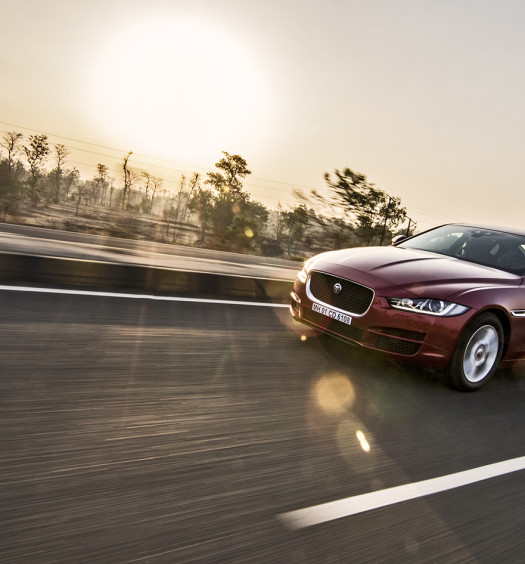While the exterior might not have seen much in terms of updates, the interior has seen a huge leap in the jaguar F-Pace facelift.
Jaguar F-Pace facelift Engine & Performance

What remains unchanged are the engine offerings. The Jaguar F-Pace still comes with a 2.0 turbo petrol good for 250 horsepower and 365 Nm torque and a 2.0 litre turbo diesel which now makes 200 hp and 430 Nm of torque with mild hybrid system. Both engines are mated to a ZF 8 speed automatic gearbox. The test car you see in these pictures features the diesel engine.
First things first, the bump up in power has made a difference to the way the F-Pace moves. The lag is still there but it is masked well. I would not call the acceleration explosive but it climbs up the revs in a very linear fashion. NVH levels are better than before but you are still reminded that there is an oil burner under the hood. However, once the engine comes to boil and you are cruising speeds, things get better. Shifts from the 8 speed tranny are smooth, though there is a slight lag of a second or two when doing a kick down. That said, the F-Pace will make for a great highway cruiser munching kms without breaking into a sweat. There are four driving modes on offer and the Dynamic mode has to be my choice by default for the fun to drive factor.
Jaguar F-Pace facelift Ride & Handling

The F-Pace has always been a great handler and its no different here. Despite its weight, the SUV feels agile when going around corners and the steering feels well weighted and precise. Feels very car like. There is body roll but it is well controlled. The F-Pace does not get air suspension but ride quality is impressive. The road undulations and potholes of Mumbai roads don’t unsettle you inside the cabin.







